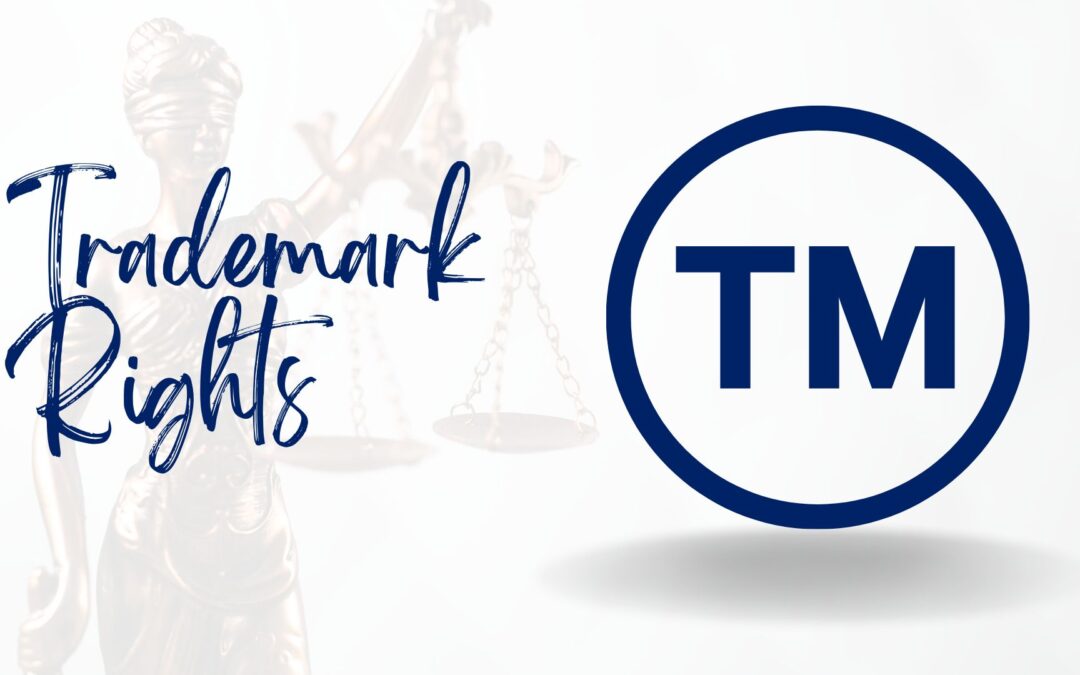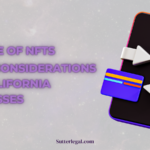Table of Contents
- 1. Introduction.
- 2. Conducting Due Diligence
- 3. Identifying Trademark Assets.
- 4. Drafting and signing the trademark assignment agreement.
- 5. Recordation of the assignment.
- 6. Post-Acquisition considerations.
- 7. Conclusion
1. Introduction.
The goal of any good startup is to generate great intellectual property, when it is time for mergers & acquisitions (M&A), the transfer of intellectual property (IP) assets is a crucial component of any asset purchase agreement. Among these assets, trademarks play a vital role in protecting a company’s brand identity and goodwill. When acquiring a company’s assets through an M&A transaction, it is important to understand how trademarks and trademark applications can be assigned. This blog post will provide an overview/outline of the process of assigning a trademark in an M&A asset purchase agreement.
2. Conducting Due Diligence
Before proceeding with an M&A transaction, it is essential to conduct thorough due diligence on the target company’s intellectual property portfolio, including its trademarks. This process helps the acquiring party:
– identify the target’s trademark assets; confirm the ownership, scope, validity, and enforceability of the trademark assets, as well as their assignability,
– investigate the risk of infringement and third-party claims regarding the target’s trademark assets,
– make sure that no third-party consent is required for the assignment of the trademark assets.
The due diligence process may involve reviewing trademark registrations and applications and examining any existing licenses or agreements related to the trademarks.
3. Identifying Trademark Assets.
During the due diligence process, it is important to identify the specific trademarks assets that will be included in the asset purchase agreement, these could be either registered trademarks (state or federal), pending trademark applications or unregistered trademarks (common law rights in trademarks) of the target company. Additionally, any related intellectual property rights, such as logos, slogans, or trade dress, should also be identified and considered. The acquiring party needs to make sure that if the trademarks include any logos or designs, the target company owns all rights in such logos and designs. It is important to note that not all trademark assets can be assigned, certain trademark applications, such the intent-to-use applications, cannot be assigned before the marks are fully registered.
4. Drafting and signing the trademark assignment agreement.
In an asset purchase transaction, besides the asset purchase agreement, the parties also need to execute a trademark assignment agreement as an ancillary document. The agreement should explicitly state which registered trademarks and trademark applications are being assigned to the acquiring party. It should also include certain provisions regarding the transfer of the title and interest in the trademark assets. The assignment is considered completed when both the asset purchase agreement and the trademark assignment agreement have been finalized and executed.
5. Recordation of the assignment.
Under US law once executed, the trademark assignment agreement can be recorded with the United States Patent and Trademark Office. Recordation is not mandatory; however, it is highly recommended. It protects the byer’s interest by:
– creating public evidence of the buyer’s ownership rights,
– provides constructive notice to third parties about the assignment, and
– priority against subsequent bona fide purchasers of the trademark assets without notice.
6. Post-Acquisition considerations.
Following the completion of the M&A transaction and the assignment of the trademark assets, the acquiring party should develop a post-acquisition trademark strategy to protect its trademark assets. This strategy should involve trademark maintenance and renewal of the trademark registrations, monitoring and identifying similar or infringing trademarks and/or applications, as well as trademark enforcement against potential infringers.
7. Conclusion
Assigning a trademark as part of an M&A asset purchase transaction is a complex process that requires careful consideration and legal expertise. Conducting due diligence, identifying trademark assets, drafting a comprehensive asset purchase agreement and a trademark assignment agreement, and properly executing those agreements are critical steps to ensure a successful transfer of ownership. By following these steps and implementing a post-acquisition trademark strategy, the acquiring party can protect and leverage the acquired trademarks to enhance its brand presence and business objectives. If you would like to speak with an experienced M&A attorney or trademark attorney, please reach out to Sutter Law for a free consultation.






